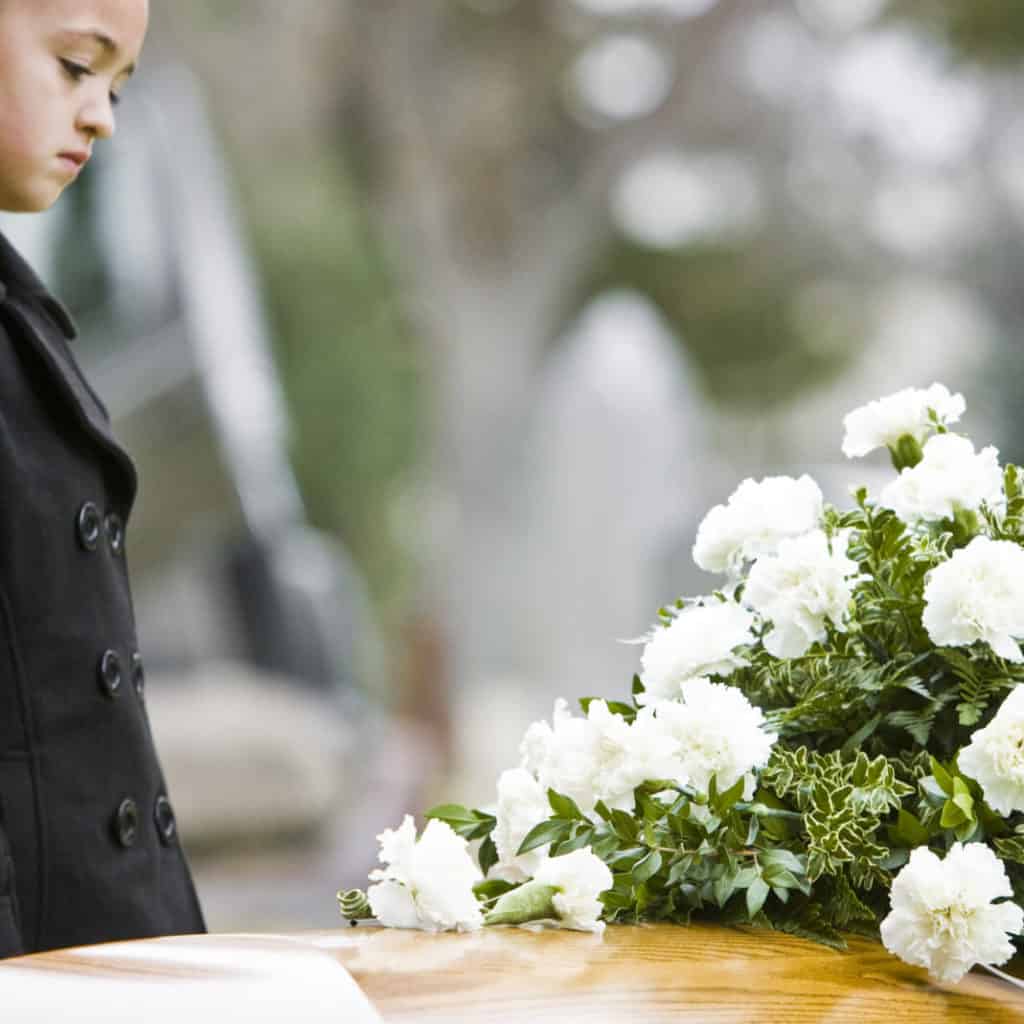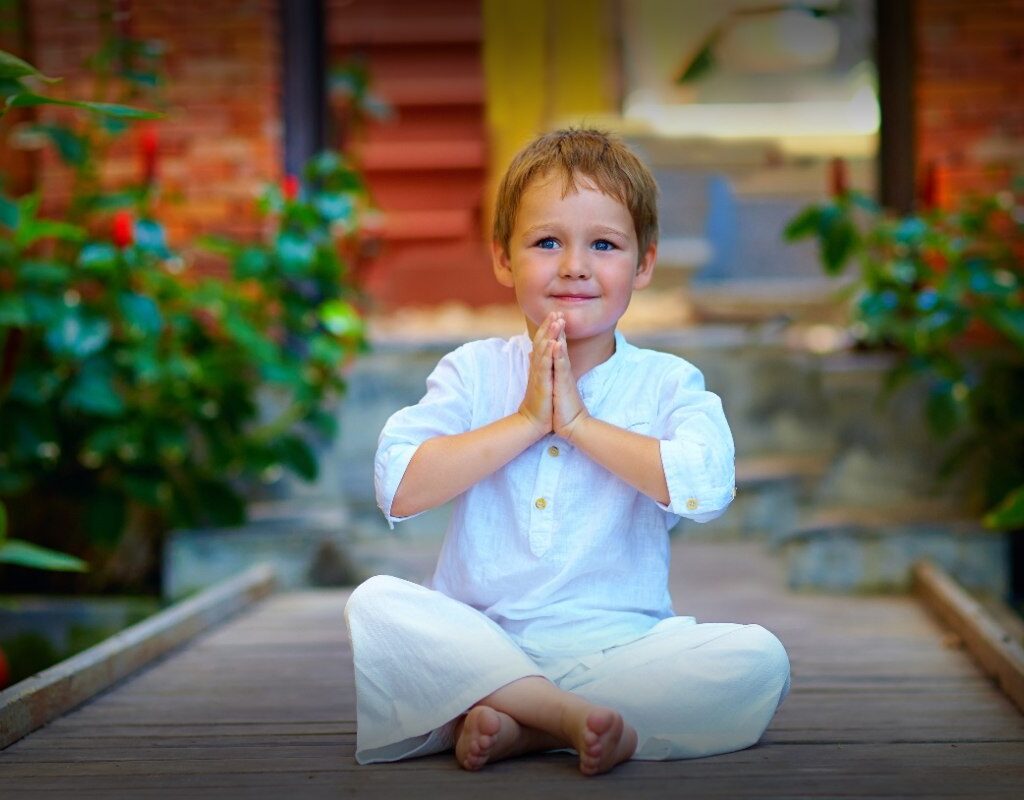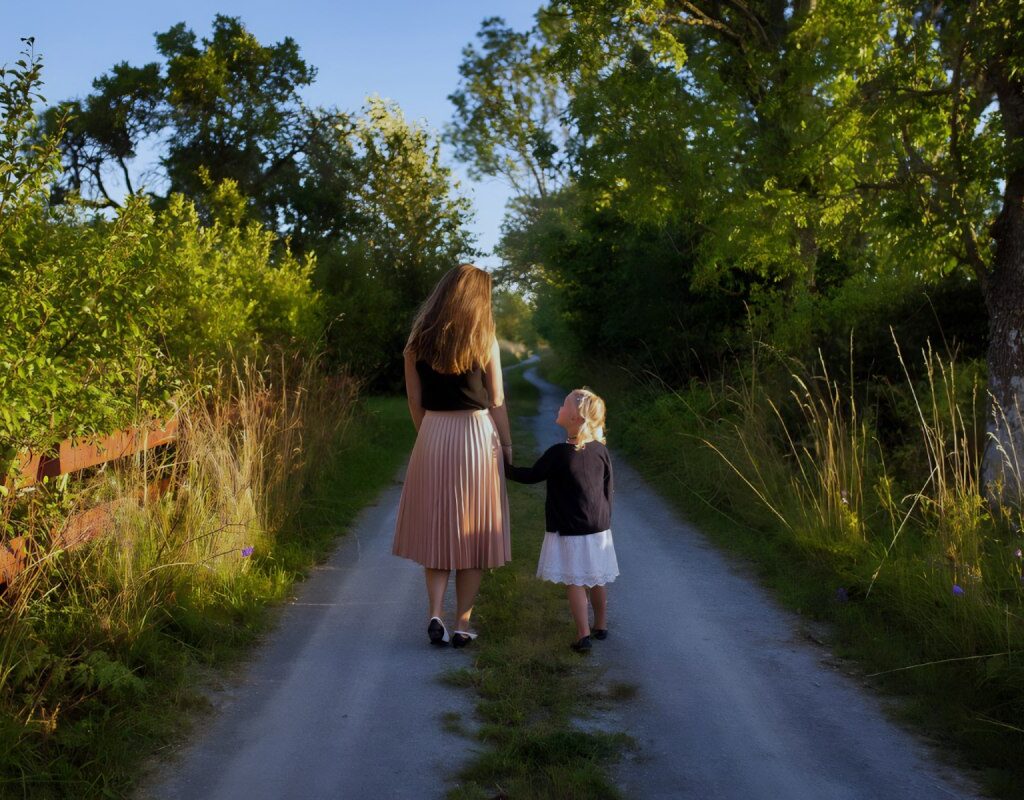The loss of a loved one is a difficult time for any adult, especially when they must share the news with their children. Explaining what happened clearly and honestly is essential to helping children process and adapt to the new situation.
Communicating Death to Children: Guidelines for Speaking Compassionately and Clearly About the Loss of a Loved One
Silence and lack of explanations can be confusing and even harmful for children, as they may feel that something strange is happening at home.
Although adults may feel uncomfortable talking about death with their children, children have the ability to talk about anything they’ve had minimal experience with.
Children may have already been exposed to the idea of death through stories, movies or adult conversations which in most cases makes it easier to talk. We offer some guidelines to help adults approach this topic with their children in a compassionate and effective way.
It is essential to avoid using euphemisms or vague terms when communicating the news to children.
Instead, we need to talk about death directly and clearly. Adults can ask questions to understand what children already know and to answer any questions they may have. It’s important to listen to and validate children’s emotions, allowing them to express their feelings and questions without judging them.
The grieving process is unique to each person, and children especially need extra support as they process their loss. Adults should offer support and comfort throughout the process, ensuring that they feel loved and supported during this difficult time.
Touching on the topic of death with children
Tips for an understanding and loving conversation
Using simple language adapted to the child’s age is essential when addressing the topic of death. Let’s not expect an immediate or obvious response from the child after the conversation, as it can take time, just like in adults.
It is important to listen to and observe the child carefully to identify any behavioral changes, such as changes in diet or sleep. We must be available if the child wants to express something to us and avoid addressing all the important aspects of death in a single conversation, as this could overwhelm him and make it difficult for him to understand.
Allowing them to speak and ask questions freely is one of the most valuable approaches to talking to children about death. You must clearly assure them that any questions they may have will not cause us harm or anger.
Sometimes children are afraid that their questions will make adults sad or angry. We can tell them something like:
“Darling, if you want to ask me about what happened, or if you ever feel sad, confused, or angry, you can tell me. Neither your father nor I will be angry or sad. It’s important to share and talk about things with the people we love in order to feel a little better.”
Speaking clearly and compassionately
How to deal with the death of a loved one with children
It’s critical not to avoid mentioning the words “death” or “die” when it comes to talking to children about the loss of a loved one. It is necessary to clearly identify the situation and explain it clearly and compassionately.
For example, we can say: “Grandpa was very sick and the doctors did everything they could but he eventually died. It’s normal to feel sadness and pain because of his departure since we loved him very much.”
In this way, the child can be helped to understand what has happened and to process their emotions properly.
How to Talk to a Child About Death Clearly and Honestly
When talking to a child about death use precise words and avoid euphemisms that could create confusion or have alternative meanings. Phrases like “he’s gone” or “he’s no longer with us” can confuse the child and it’s best to use the exact words.
If the family has religious beliefs, they can be incorporated to explain the purpose of death, as long as the family is comfortable with these terms. Ideas that parents don’t share should not be included, as this can confuse the child.
Clarify that death is not the result of the child’s actions or thoughts. Expressions such as “you’re going to end up killing me” can be literally misinterpreted. Children must understand that thinking is one thing and actions are another and that thinking something is not going to magically make it come true.
Talking to a child about death can be difficult but we must do it clearly and honestly so that they can understand what is happening.
Talking to children about illness and death
How to approach the topic and what to do in farewell rituals
It is essential for children to understand that diseases, for the most part, are overcome by people and not all of them lead to death. It can be difficult for them to differentiate between serious and minor illnesses, so it is necessary to answer their questions clearly and simply, avoiding giving false or evasive answers.
If children don’t show interest in talking about the topic or seem overwhelmed by information, respect their ability to tolerate the conversation. Instead of pressuring them, let them know that we’re available to talk at any time.
Involving the child in farewell rituals can help avoid unfinished issues that may affect the resolution of grief. The way in which the child is involved will depend on their developmental level but it is important to make it clear that they are not excluded from family life.
If parents aren’t comfortable with the idea of their child participating in farewell rituals, ask them if they want to attend, rather than assuming that they aren’t ready.
Every child is unique and may need different approaches depending on their age, personality and level of understanding.
In short, it’s essential to be clear and simple when talking to children about illness and death, while respecting their ability to tolerate the conversation. Involving them in farewell rituals can help them resolve their grief and feel included in family life.




